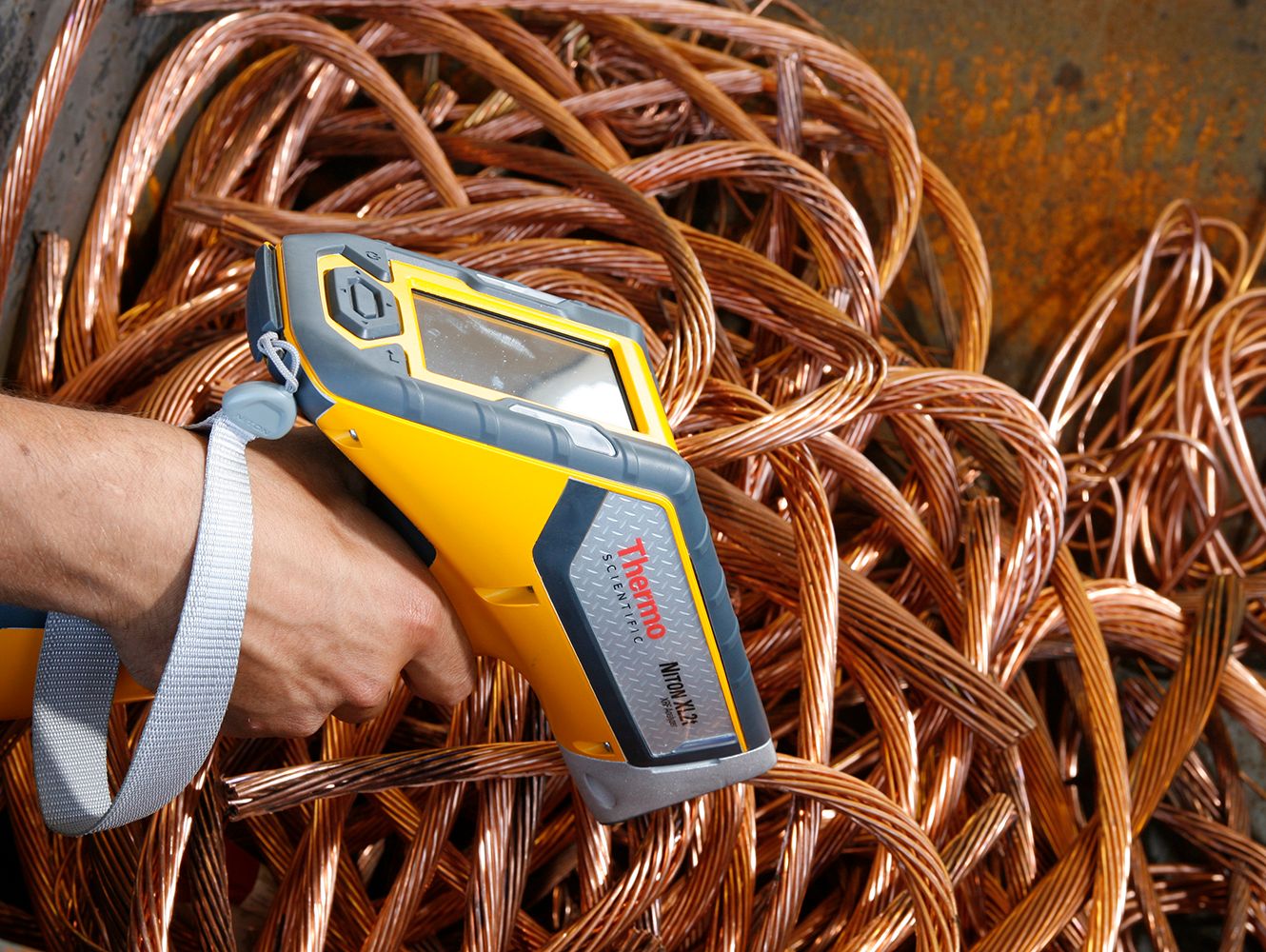Expert Inspection has been providing clients with the highest standard ultrasonic testing services. We use the very best equipment to offer truly modern ultrasonic testing. Due to its high-tech nature, ultrasonic testing inspires questions about everything from its benefits to precisely what it is. To make this information more accessible to our clients, we have compiled some of the most common questions below. If you have any additional questions, please get in touch with our offices directly.
What is Ultrasonic Testing?
Ultrasonic testing is a non-destructive testing technique used to detect and evaluate flaws or irregularities in materials or structures using high-frequency sound waves.
The process involves sending ultrasonic waves through the material or structure being tested and analysing the reflected waves. Any changes in the path of the sound waves or their reflection variations can indicate flaws such as cracks, voids, or inclusions.
Ultrasonic testing is commonly used in aerospace, automotive, and manufacturing industries to ensure the safety and reliability of components such as pipes, welds, and bolts. It can also be used for thickness measurements, material identification, and corrosion monitoring.
There are different types of ultrasonic testing techniques, including pulse-echo testing, phased array testing, and time-of-flight diffraction (TOFD) testing, each with its advantages and applications.
What are the limitations of ultrasonic inspection?
Although ultrasonic inspection is a widely used and effective non-destructive testing technique, it does have some limitations:
Surface Conditions: Ultrasonic inspection is highly sensitive to the surface conditions of the material being tested. If the surface is rough, corroded, or contaminated, it can affect the accuracy of the results.
Material Properties: The effectiveness of ultrasonic inspection can also be affected by the material properties being tested, such as its density, composition, and grain structure.
Operator Training: Ultrasonic inspection requires a skilled operator who is trained in interpreting the results and identifying defects. The quality and accuracy of the results can be affected by the operator's skill and experience.
Limited Penetration: The depth of penetration of ultrasonic waves is limited by the frequency and energy of the waves. The waves may sometimes not penetrate deeply enough to detect defects or irregularities in thick or complex structures.
Accessibility: Ultrasonic inspection requires direct access to the area being tested. In cases where the site is difficult to access, such as in confined spaces or hard-to-reach areas, ultrasonic inspection may not be feasible.
Cost: Ultrasonic inspection equipment can be expensive, and the inspection cost can be high compared to other non-destructive testing methods.
Overall, while ultrasonic inspection is a valuable testing technique, it is essential to be aware of its limitations and to use it with other testing methods to obtain a complete picture of the material or structure being tested.
What are the three basic ultrasonic inspection methods?
The three basic ultrasonic inspection methods are:
Pulse-Echo Inspection: In this method, a transducer sends a short burst of ultrasonic waves into the material being inspected. The waves then bounce back from the opposite surface or any internal defects within the material. The transducer then receives the reflected waves and converts them into an electrical signal, displayed on a screen or analysed by a computer to determine the location and size of any defects.
Through-Transmission Inspection: In this method, two transducers are used, one on each side of the material being inspected. One transducer sends ultrasonic waves through the material while the other receives them. Any defects within the material will disrupt the ultrasonic waves, causing a reduction in the signal strength received by the second transducer. By analysing the strength of the received signal, defects can be located and characterised.
Time-of-Flight Diffraction (TOFD) Inspection: This method uses two angled probes to send and receive ultrasonic waves at different angles across the material being inspected. Any defects within the material will diffract the ultrasonic waves, causing them to scatter in different directions. By analysing the scattered waves, defects can be located and characterised. TOFD is particularly useful for detecting small cracks and measuring defects' size and shape.
How accurate is ultrasonic inspection?
The accuracy of ultrasonic inspection depends on various factors, such as the type of material being inspected, the size and location of defects, the frequency and energy of the ultrasonic waves, and the skill and experience of the operator.
In general, ultrasonic inspection can be highly accurate, with the ability to detect defects as small as a few microns or less. It can also provide precise measurements of defect size and depth, which can be critical for assessing the integrity of structural components.
However, it is essential to note that ultrasonic inspection is imperfect and may sometimes miss defects or provide false readings. Factors such as surface roughness, material properties, and the presence of noise or interference can affect the accuracy of the inspection. Additionally, the accuracy of the inspection may depend on the quality and calibration of the equipment used and the operator's expertise.
Overall, ultrasonic inspection is a powerful non-destructive testing technique that can provide accurate and detailed information about the condition of materials and structures. However, it is vital to use it as part of a comprehensive inspection program that incorporates other techniques and methods to ensure the reliability of the results.
If you want to discuss ultrasonic testing in more detail, please schedule a consultation with our experts today.


